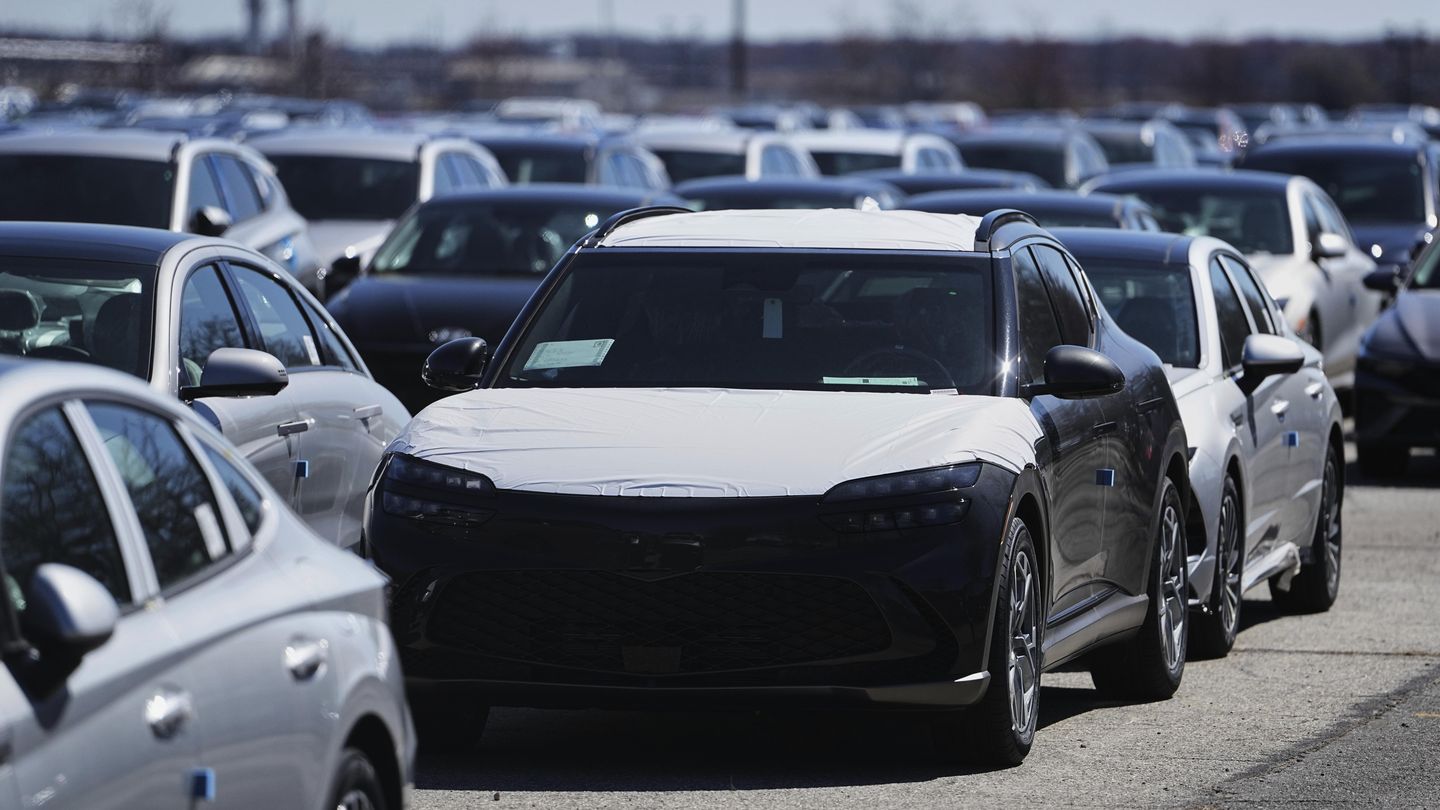
Steep new tariffs on more than $1 trillion in imports from foreign countries have already steered significant investments and jobs back to the U.S. as President Trump plans to use the revenue raised from the levies to cut taxes for U.S. workers and reduce the debt.
Some countries are negotiating agreements to lower their tariffs on U.S. goods to avoid Mr. Trump’s reciprocal tariffs set to begin on April 2. Several car manufacturers are also shifting production to the U.S. rather than pay the 25% tariffs on imported autos and auto parts that are set to begin next week, too.
Economists agree that the tariffs are achieving Mr. Trump’s campaign promise of returning manufacturing jobs and industry investments to the U.S.
Rolls-Royce, Hyundai Motor Group and Honda are among at least a dozen companies that have announced plans to increase manufacturing in the U.S. to avoid the new tariffs.
The United Auto Workers union, which endorsed Kamala Harris in the 2024 election and has watched industry jobs disappear over the past three decades, praised the new auto tariffs.
Democrats, including former President Barack Obama, laughed at GOP promises to revive manufacturing and said it was impossible. “What magic wand do you have?” Mr Obama said in 2016.
Now, some of those jobs are poised to return.
UAW President Shawn Fain said a dozen auto plants that produced vehicles for Ford, GM and Stellantis, which owns brands such as Chrysler, Jeep and Fiat, have seen a steep decline in production over the past decade as production has shifted to Mexico and other countries to exploit cheap labor.
Tariffs are shifting production back to the U.S.
“The economic benefits of filling these plants back up with product and good auto jobs would be enormous and have a cascading effect throughout communities from Michigan to Tennessee,” Mr. Fain said in a statement.
Other industries are also moving back.
A major U.S. toymaker, MGA Entertainment, is speeding up plans to shift production from China to the U.S. to dodge the 20% duty Mr. Trump imposed on Chinese goods.
The largest, Taiwan Semiconductor Manufacturing Company, announced a $100 billion plan to build five factories in Arizona over the next four years.
Next week’s reciprocal tariffs, the details of which have yet to be announced but are aimed at countries that impose tariffs on U.S. goods, will add more jobs, White House officials said.
“We are going to make sure that American workers are put first,” White House press secretary Karoline Leavitt said Thursday. “And we are ending the unfair trade practices that have been hollowing out our middle class for decades.”
The imminent threat of reciprocal tariffs is leading manufacturers and U.S. trading partners to make last-minute concessions to halt them.
Mr. Trump said “a lot of countries” could be spared the tariffs, and administration officials said entire sectors may also be shielded.
India is weighing a plan to slash tariffs on “more than half” of U.S. imports worth $23 billion as part of an 11th-hour trade deal with the United States, Reuters reported.
Taiwan and Vietnam are weighing plans to appease Mr. Trump to avoid a reciprocal tariff. Reuters reported that Taiwanese officials are considering increasing energy imports from the U.S. and cutting their tariffs on U.S. goods. Vietnam plans to cut tariffs on some U.S. products, including liquified natural gas and cars.
Treasury Secretary Scott Bessent said the reciprocal tariffs will target the countries with the largest trade surpluses over the U.S., and those include India, Vietnam and Taiwan.
Tariff cuts by U.S. trading partners are “another example that all the bitching and crying by unserious media outlets and journalists simply do not have a refined view of the economy,” White House Communications Director Steven Cheung said.
Still, Mr. Trump’s tariffs are drawing criticism from economists who warn they will lead to significant price hikes and will only produce a fraction of the revenue Mr. Trump forecasted. Some warn it will trigger a recession.
Mr. Trump has already imposed a 20% tariff on all Chinese imported goods, 25% tariffs on imported steel and aluminum, and tariffs ranging from 10% to 25% on some imports from Canada and Mexico.
The National Taxpayers Union calculated that the auto tariff alone will raise the cost of imported cars by $6,532.
On Wednesday, the president predicted the auto tariffs, which include some auto parts as well, would generate $600 billion to $1 trillion over the next two years. He wants to use the money to reduce the nation’s staggering debt as well as cut taxes, including taxes on tipped wages, overtime pay and Social Security checks.
“Basically, I view it as reducing taxes and reducing debt,” Mr. Trump said.
Economists and even White House officials say far less revenue will come from the tariffs on autos and auto parts — $100 billion or less. Trade experts say most of it will be paid by consumers.
“The cost in the short term will be at least $31 billion annually and it is going to be passed on to U.S. businesses and consumers,” Jacob Jensen, a trade policy analyst at the American Action Forum, said.
Mr. Trump downplayed the risk of price increases.
“This will continue to spur growth like you haven’t seen before,” he said.
















